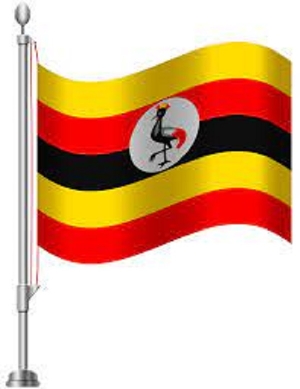The Ministry of Lands and Natural Resources has established Regional task forces to complement efforts of National Security to deal with the illegal mining situation in Ghana.
Mr. Mike Hammah, Minister of Lands and Natural Resources who made this known in Accra on Thursday said five task forces in Greater Accra, Eastern, Ashanti, Western and Central Regions are in operation.
The Ministry is collaborating with the Ministry of the Interior and the Metropolitan, Municipal and District Assemblies to help to deal with illegal mining operations.
He said his Ministry would also ensure that small scale mining remain the preserve of Ghanaians in accordance with the Minerals and Mining Act 2006 (Act 703).
Mr Hammah made this known during the Ministry’s turn at the Meet the Press series.
He said the Ministry had identified 77 areas, covering 4,653 kilometre s for investigation for alluvial and primary gold deposits, which would be parcelled to small –scale miners for exploration.
The Ministry would encourage the formation of small scale miners association to help manage small scale mining activities while the Mineral Commission would intensify its education on the formation of district mining committees.
So far two of the committees had been inaugurated in Tarkwa and Bolgatanga. Mr Hammah announced that government is providing equipment and financial support to small scale mining cooperatives to assist them to improve on their operations and to serve as a form of enticement for illegal miners to regularise their activities.
A revolving fund of GH¢740,000.00 had been provided for small scale mining cooperatives and groups in Konongo-Odumasi, Ekom Yeya in Bibiani, Talensi-Nabdam in Bolgatanga and H& S Mining Group at Gomoa Ajumako had benefitted from it.
The Mineral Commission had also established 23,000 acres of oil palm plantation in five communities in the Prestea-Huni Valley District to help the people to find alternative livelihood apart from mining.
Mr Hammah said the Ministry organised workshops for members of the Judiciary to sensitise them on the effects of illegal mining on the environment and the need to pass deterrent sentences on convicts.
He announced that investment inflow for mining sector from 2009 to 2011 was 2.5 billion dollars whilst gold production increased consistently; 3.1 million ounces in 2009, 3.4 million ounces in 2010 and 3.6 million ounces in 2011, being the highest gold production ever in Ghana.
Tax on gold contributed one billion Ghana Cedis, representing 27.61 per cent of total collection of the Ghana Revenue Authority in 2011.
It also contributed 42 per cent of total merchandise export within the same period.
About 28,000 people were employed in the mining sector, while mineral royalties returned to the mining communities in the Western, Ashanti and Brong Ahafo Regions from 2009 to 2011 stood at GH¢41 million.
The corporate social responsibility programme of the mining companies stood at GH¢43 million within the same period.
Mr Hammah said six mining regulations had been passed by Parliament to operationalise the Minerals and Mining Act 2006 (Act 703).
The Ministry is facilitating the passage of the Mineral Development Fund Bill to help to address developmental issues in mining communities.
Corporate income tax increased from 25 per cent to 35 per cent while effective mineral royalty rate also increased from three per cent to five per cent. A proposal for a Windfall Tax is under consideration.
Regional News of Friday, 9 November 2012
Source: GNA
Task force to deal with illegal mining













